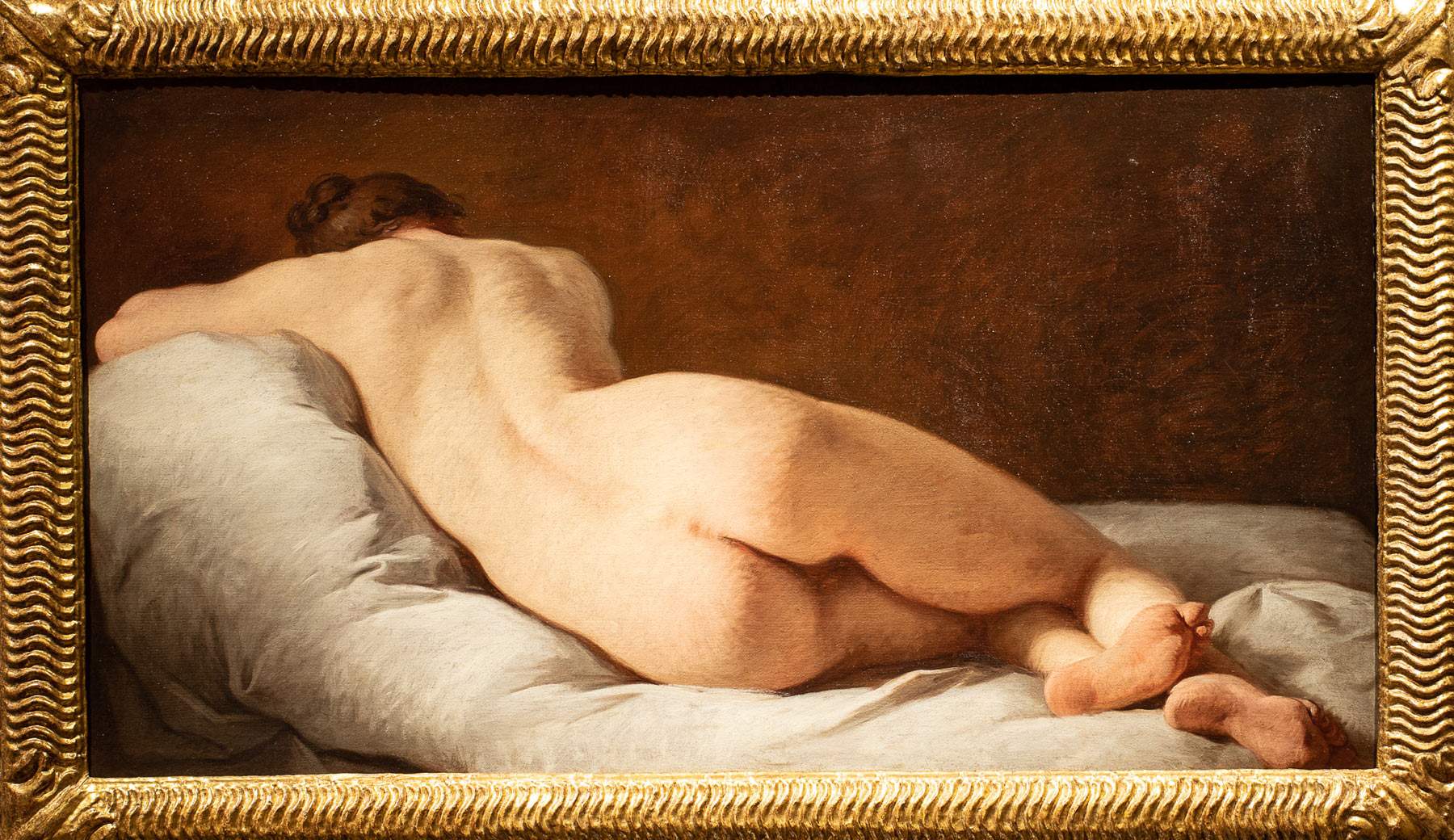There is one museum that is already thinking about reopening its halls, and it is doing so with an exhibition that has just opened and will welcome the public when the lockout of cultural venues ends: it is Palazzo Barberini in Rome, which until Feb. 28, 2021 is hosting the exhibition The Spectator’s Hour. How Images Use Us, curated by Michele Di Monte. “The exhibition,” explains Flaminia Gennari Santori, director of the Museum, “deepens the knowledge of the works in the collection with a valuable contribution, once again enhancing the policy of exchanges with other museums, aimed at strengthening the key role played by the Galleries on a national and international level.”
A review focused, therefore, on the collection of the National Galleries of Ancient Art (to which Palazzo Barberini belongs, along with Palazzo Corsini), but which also makes use of loans from museums such as the National Gallery in London, the Museo del Prado in Madrid, the Rijksmuseum in Amsterdam, the Royal Castle in Warsaw, the Capodimonte Museum in Naples, the Uffizi Gallery in Florence, and the Galleria Sabauda in Turin.
In a journey through twenty-five works, the exhibition aims to explore the forms of that tacit dialogue that is always established between the work of art and its viewer, as elaborated in painting between the 16th and 18th centuries. If art always appeals to an audience, this appeal is never limited to simply looking, but requires more active participation and collaboration. Artists, for their part, often devised figurative solutions and inventions to personally engage the viewer in the space and story told by the works, asking him or her to be a participating accomplice, to play along with the images. Which is a game of allusions, provocations, seductions and irony, thanks to which the observer becomes unexpectedly observed, becomes part of the work and cooperates in the full realization of its effects and success.
So, the purpose of the exhibition is for real viewers to concretely experience the ways in which painting does not merely present us with something to look at, but asks us to reflect on what we look at, how and why. After an allusive introduction to the exhibition’s theme, featuring Giandomenico Tiepolo’s masterpiece from the Prado Museum, Il Mondo Novo, the exhibition is divided into five sections. In the first, “The Threshold,” windows, frames, curtains and curtains invite the audience to cross the boundary that separates our world from the world of the painting; as happens in Rembrandt’s fascinating Girl in a Frame from the Royal Castle in Warsaw, which seems to await us beyond the image. This tacit invitation becomes explicit in the next section, “The Appeal,” where works such as Sofonisba Anguissola’s portrait of the poet Giovan Battista Caselli, Guercino’s Venus, Mars and Love or Bartolomeo Schedoni’s La Carità openly address the viewer and demand his or her attention.
In the two central sections, “The Indiscreet” and “The Accomplice,” the viewer’s involvement becomes more subtle, allusive, secretive and even embarrassing. The viewer is called upon to take a position on what he or she sees, and in some cases should not even see, as in Simon Vouet’s winking The Good Fortune, Johann Liss’s seductive Judith and Holofernes, or Andrea Sacchi’sIntoxication of Noah. The exhibition concludes with the section devoted to the “Voyeur,” in which the erotic and ambiguous dimension of the relationship between image and gaze is finally revealed. In the paintings of Lavinia Fontana, van der Neer or Subleyras, the voyeur looks not only at the object of his supposed desire, but also discovers the very act of his looking, his being fully a spectator. A catalog published by Campisano Editore with essays by the curator and by Giovanni Careri, Claudia Cieri Via, Wolfgang Kemp, and Sebastian Schütze is scheduled to be published on the occasion of the exhibition.
Since the exhibition can only remain closed at this time, a dossier of the exhibition and a video account by the curator is available on the museum’s website. On the Galleries’ social channels, every Friday, the exhibition will also be narrated with both narrative posts about the various sections and in-depth coverage of individual works.
Image: Pierre Subleyras, Female Nude from the Back (c. 1735-1740; oil on canvas; Rome, Gallerie Nazionali d’Arte Antica, Palazzo Barberini, inv. 2529). Ph. Alberto Novelli
 |
| Palazzo Barberini announces upcoming exhibition, dedicated to the relationship between artist and observer |
Warning: the translation into English of the original Italian article was created using automatic tools. We undertake to review all articles, but we do not guarantee the total absence of inaccuracies in the translation due to the program. You can find the original by clicking on the ITA button. If you find any mistake,please contact us.